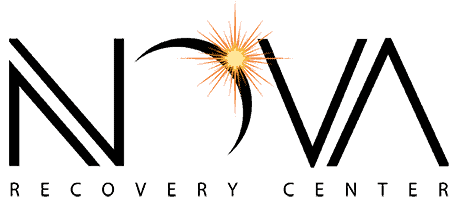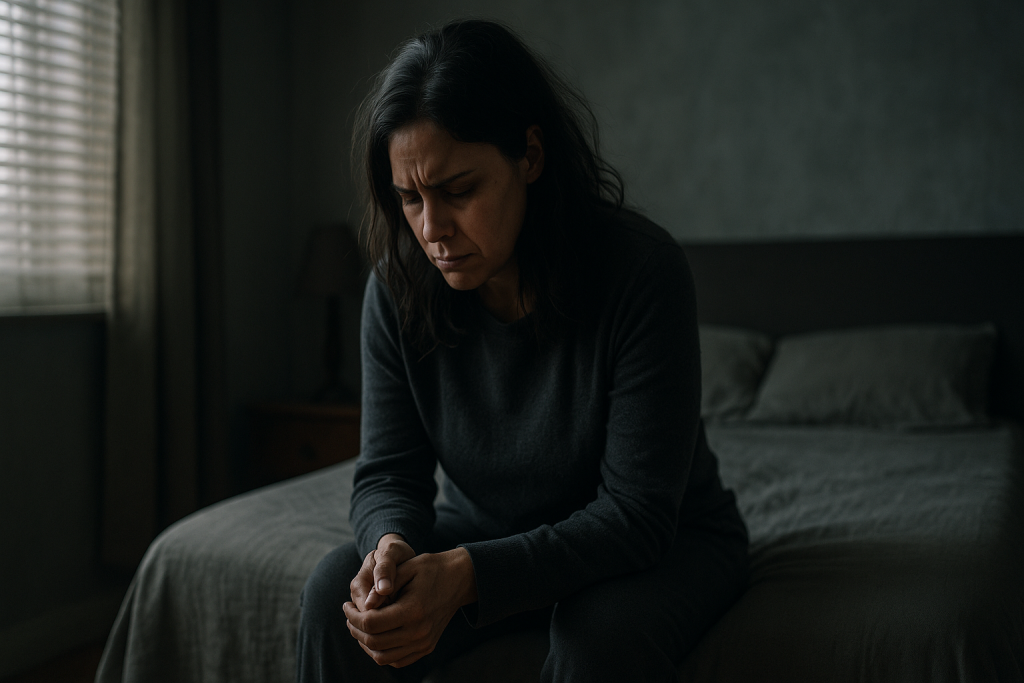Depression With Psychosis: Symptoms and Care
Main topic: Addiction and mental health
At a Glance: Depression With Psychosis
- What is depression with psychosis?
- A severe form of depression, also called major depressive disorder with psychotic features, that includes hallucinations or delusions.
- How common is it?
- Around 1 in 5 people with major depressive disorder experience psychotic features during an episode.
- What causes it?
- Contributing factors include genetics, brain chemistry, stressful life events, medical conditions, and substance use.
- What are the main symptoms?
- Intense sadness, hopelessness, guilt, plus delusions or hallucinations that reflect the depressed mood.
- How is it treated?
- Typically with a combination of an antidepressant and an antipsychotic. Electroconvulsive therapy (ECT) may be used in severe cases.
- Is hospitalization necessary?
- Sometimes, especially when suicide risk is high or safety is a concern.
- How does substance use affect it?
- Alcohol and drugs can worsen depression and psychosis. Integrated treatment for both conditions is most effective.
Table of Contents
What this article covers
- What depression with psychosis is and how it differs from other conditions
- Signs and symptoms to watch for
- Causes, risk factors, and the link with substance use
- How clinicians diagnose it
- Evidence‑based treatments and when hospital care is needed
- Practical steps for loved ones and where to find help
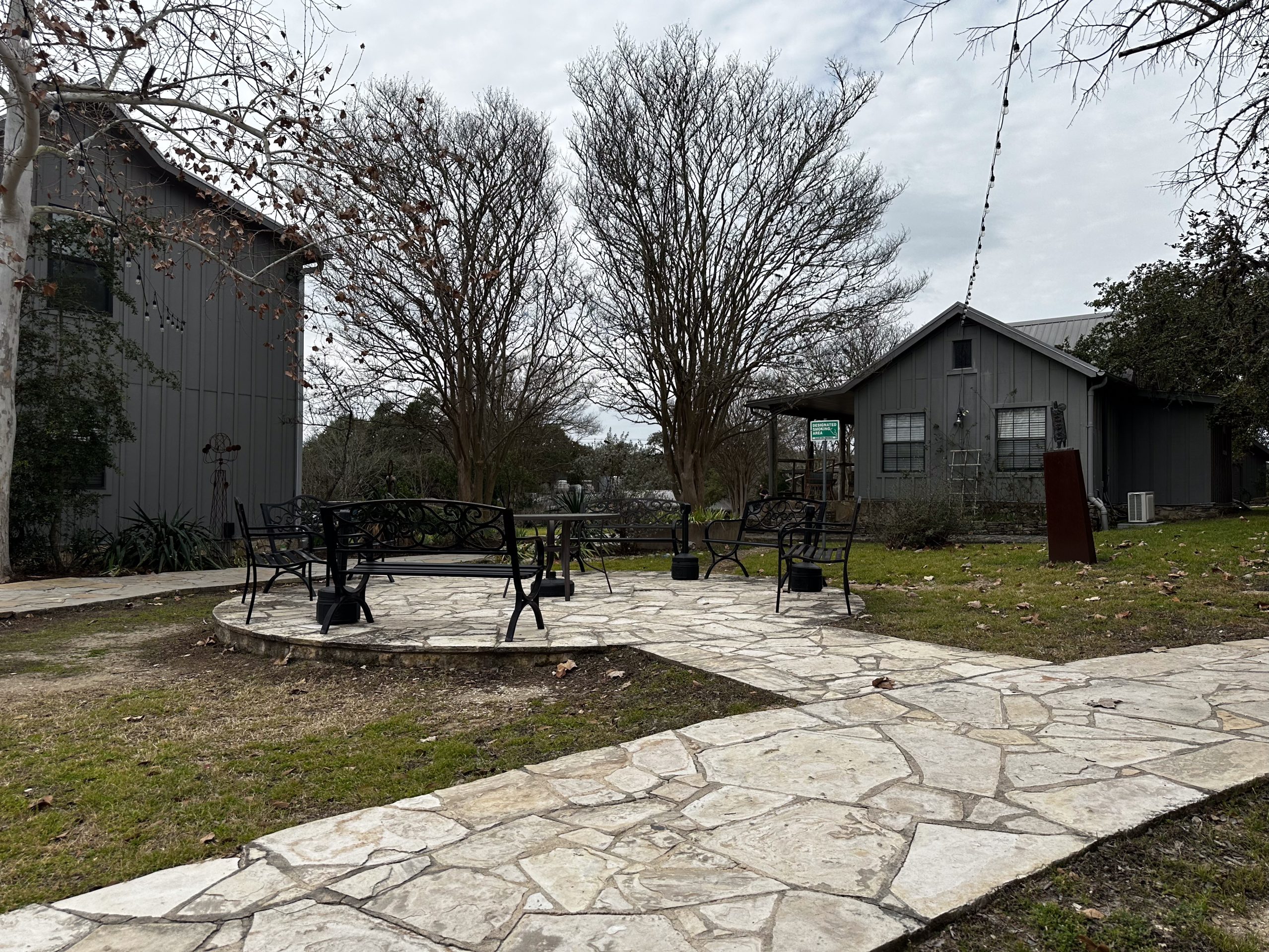
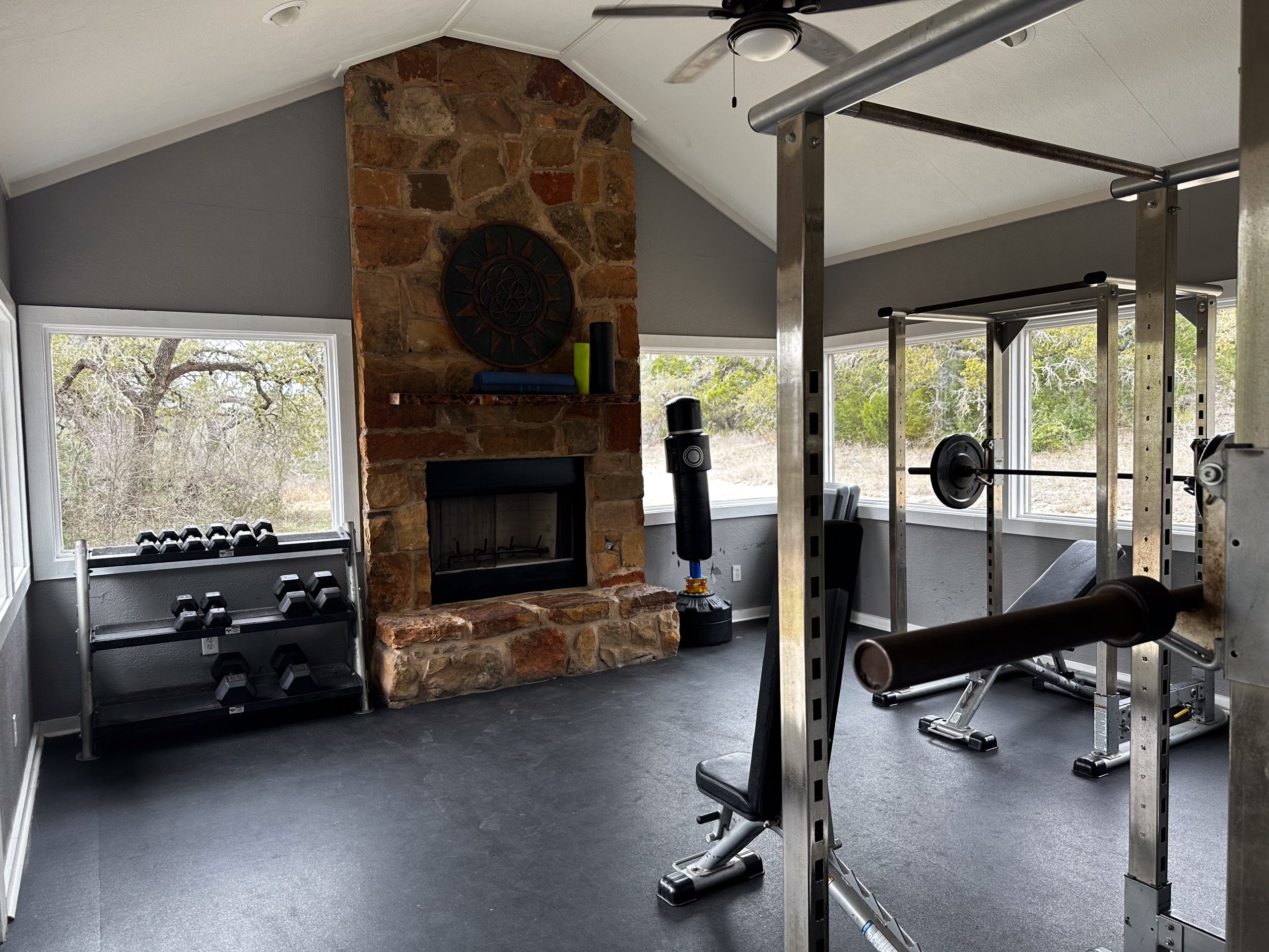
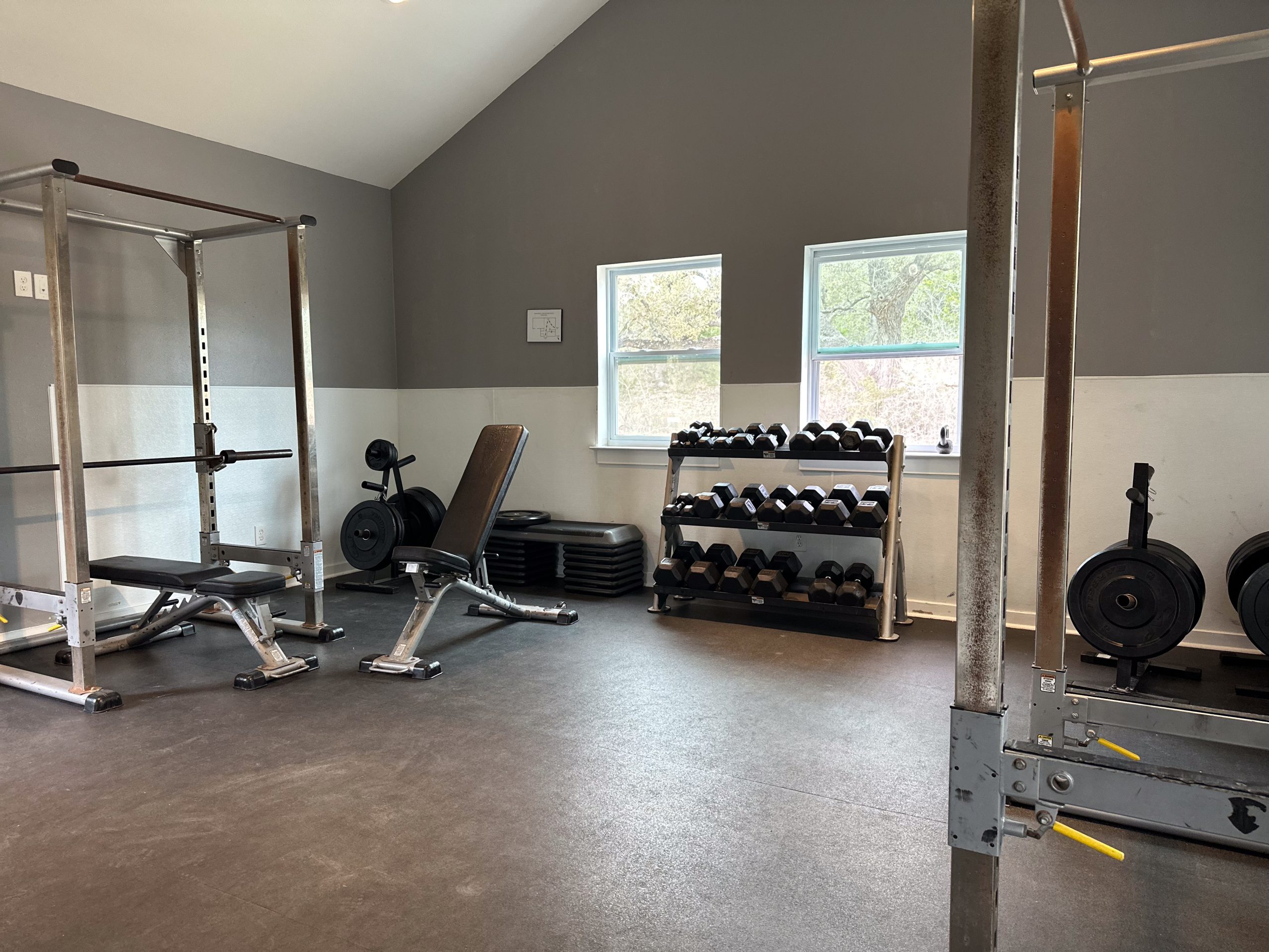

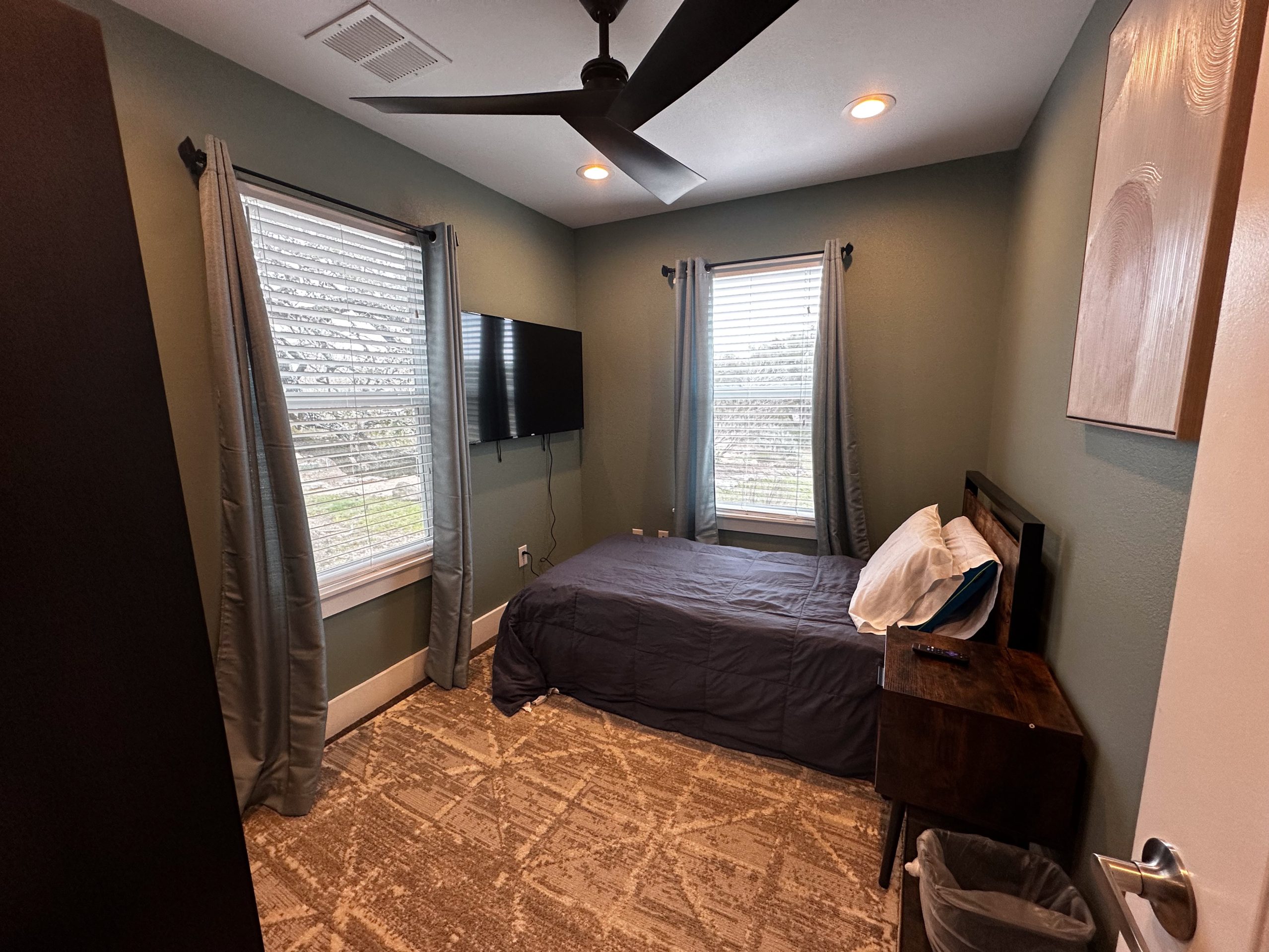
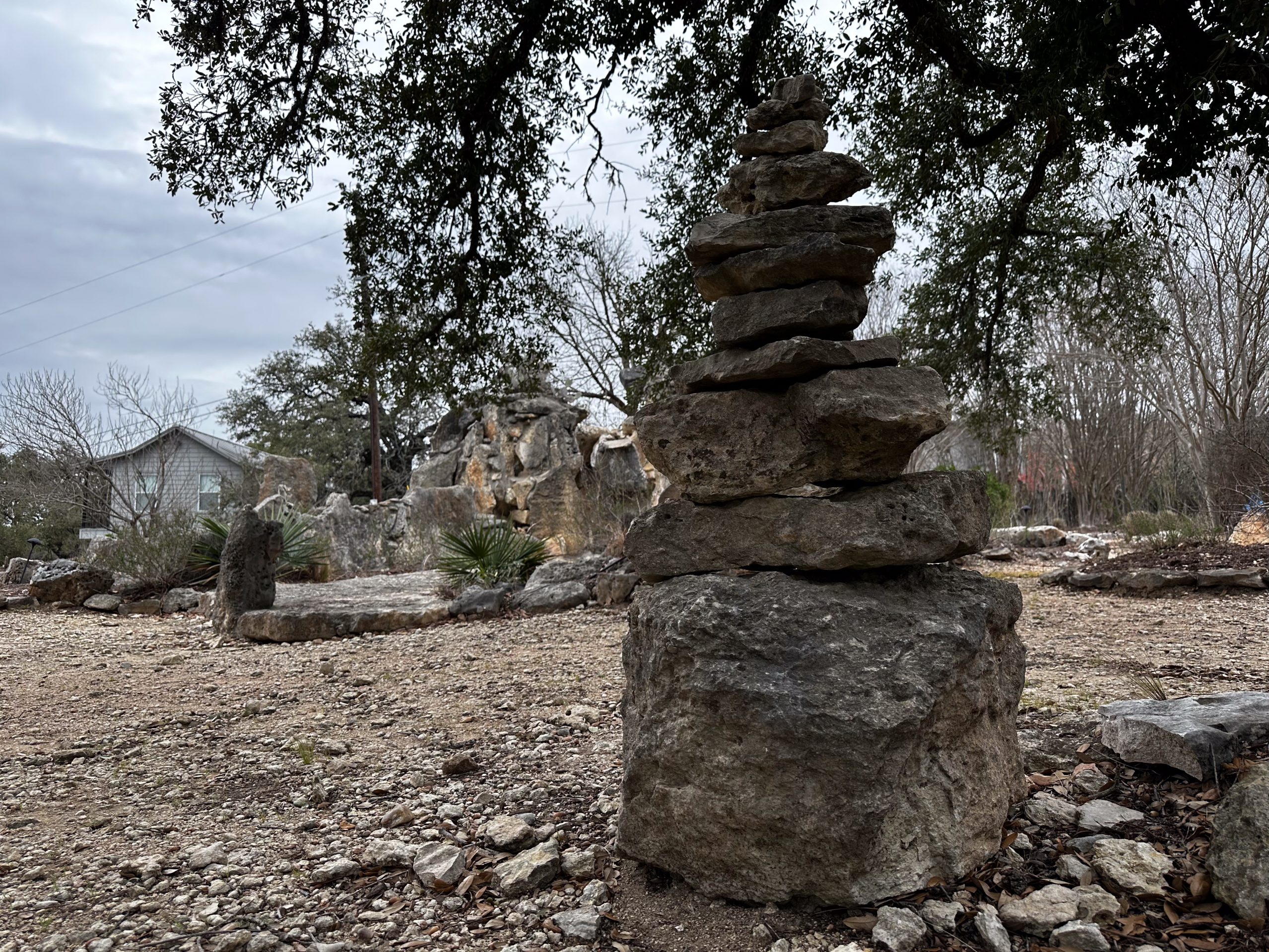
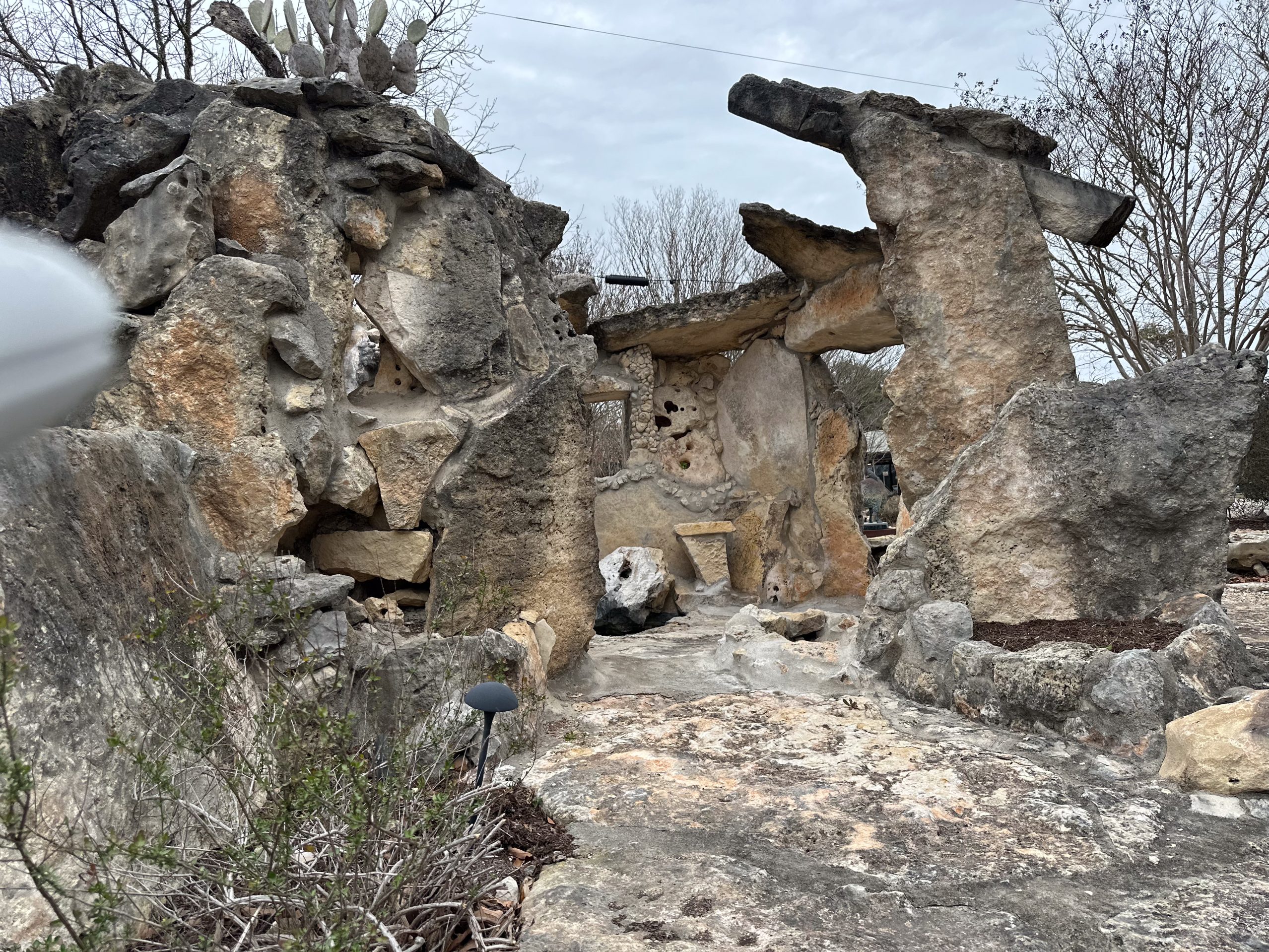
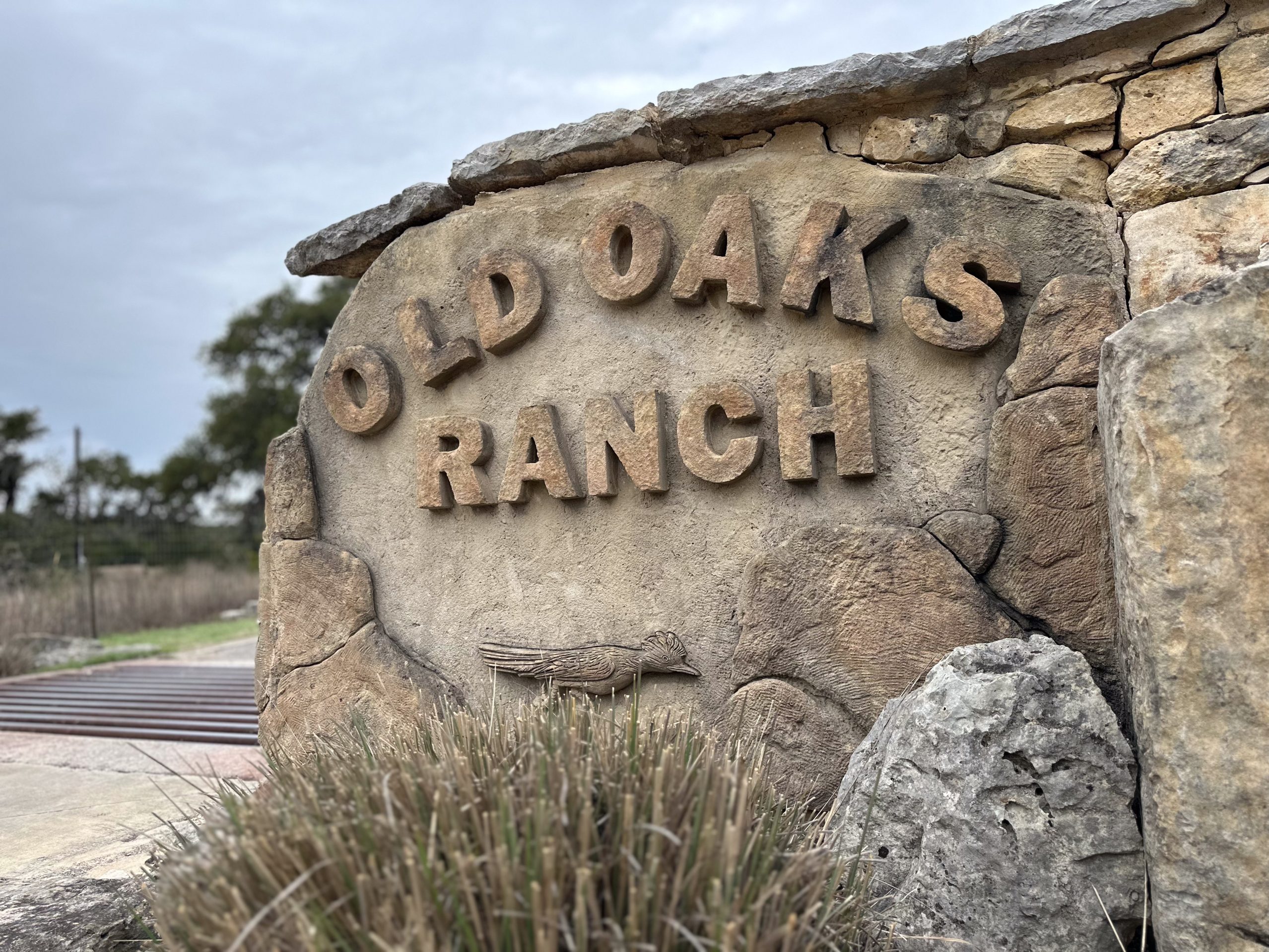
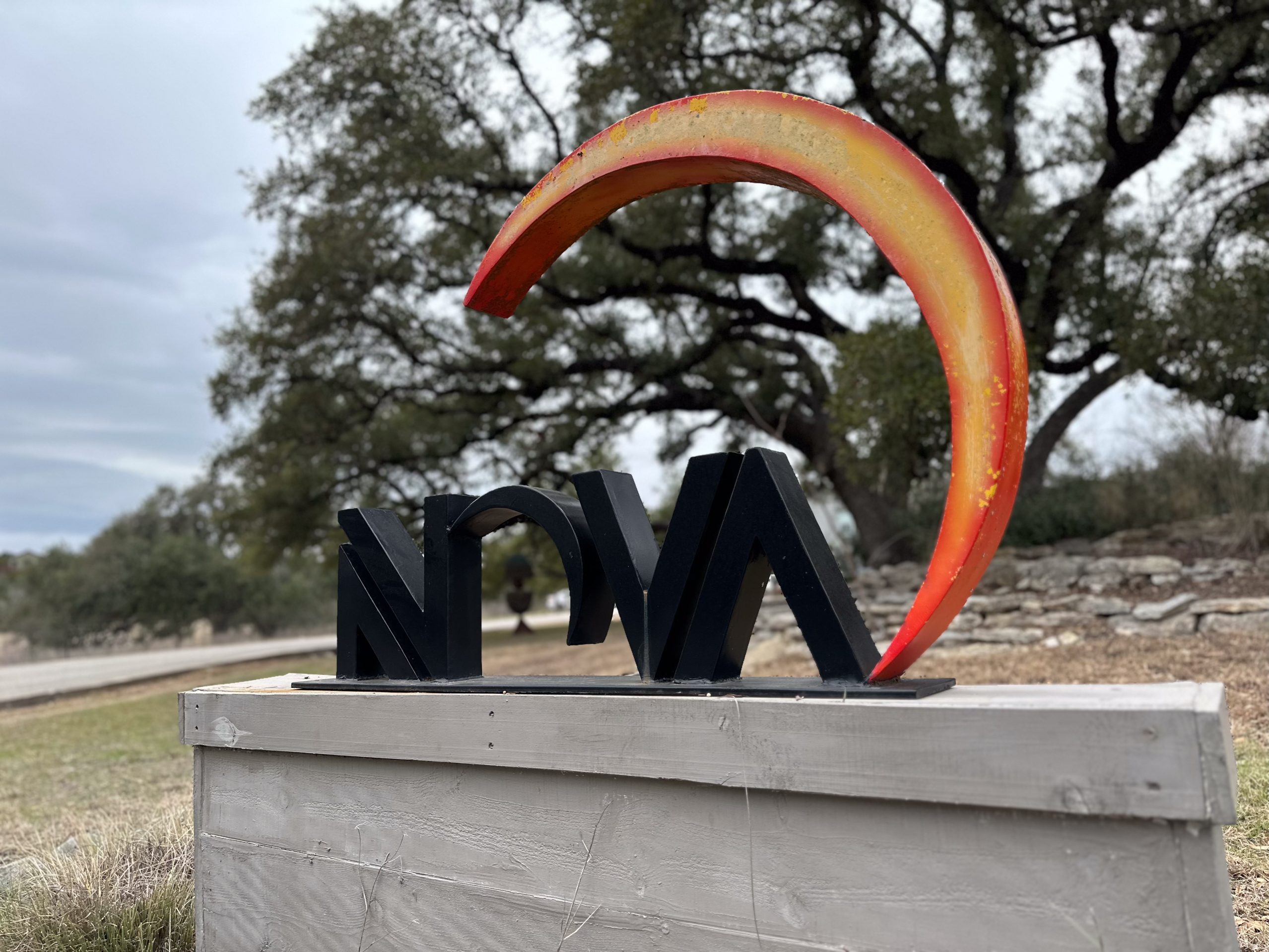
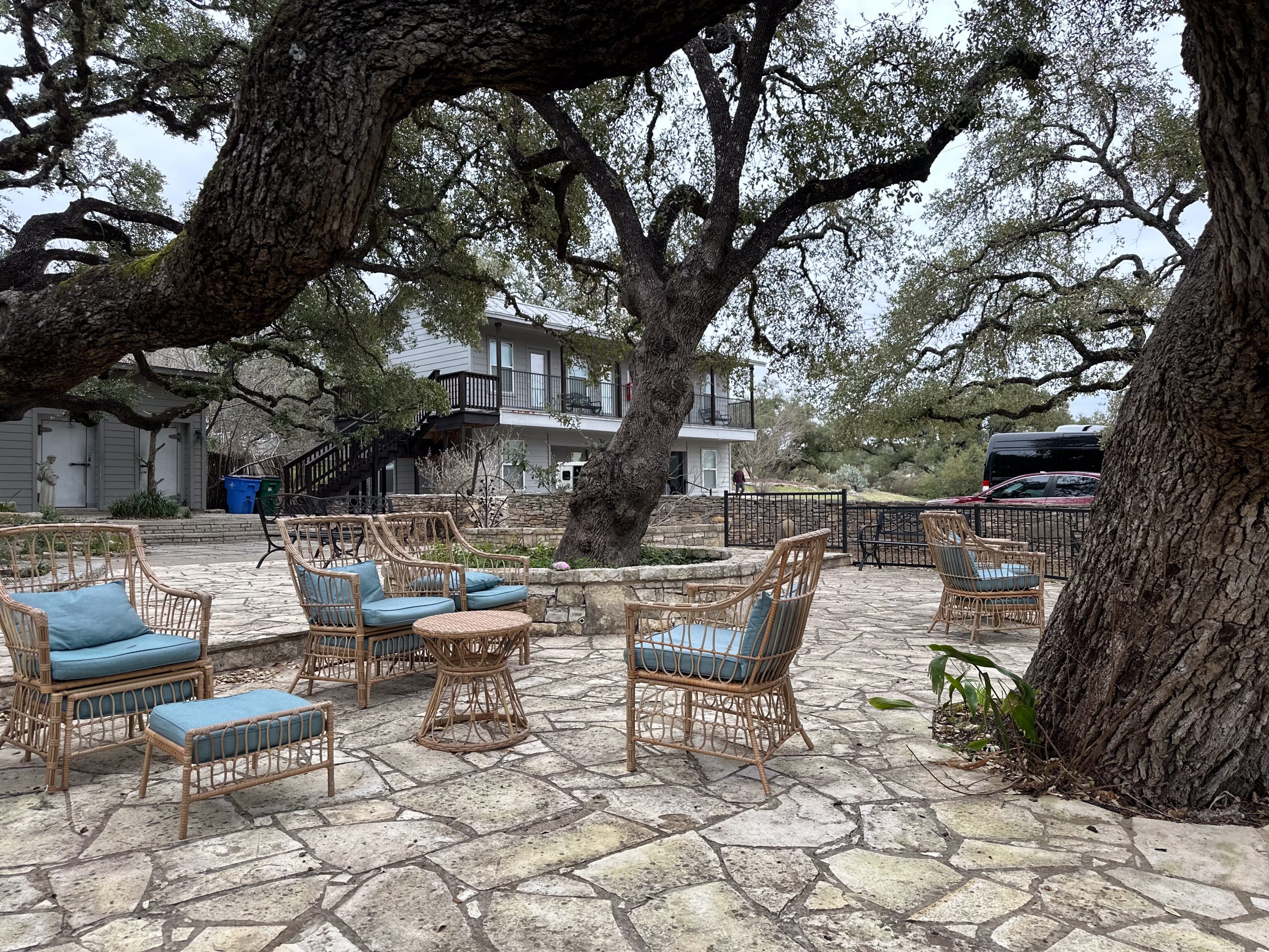
Understanding depression with psychosis
Definition and key features
Depression with psychosis—also called major depressive disorder with psychotic features—is a period of major depression that includes a loss of contact with reality. People experience the usual depressive symptoms along with hallucinations (seeing or hearing things not there) and/or delusions (fixed false beliefs). The content of these symptoms often mirrors the person’s low mood, such as beliefs of guilt, illness, or failure.
How common is it?
Epidemiologic research estimates a current‑episode prevalence of 0.4% in the general population, and that about 18% of major depressive episodes include psychotic features. Rates are generally higher in women, and they may rise with age.
Signs and symptoms
Core depressive symptoms
- Persistent low mood or loss of interest
- Fatigue, sleep and appetite changes
- Poor concentration or indecision
- Feelings of worthlessness or guilt
- Thoughts of death or suicide
Psychotic features
- Delusions such as strong beliefs of shame, disease, or being punished
- Hallucinations, often hearing critical or threatening voices
Psychomotor changes—either agitation (restlessness) or slowing of movement and thought
These experiences “line up” with the depressed mood in most cases.
What a day may look like
During an episode, people may withdraw, struggle to complete tasks, and misinterpret events through the lens of guilt or danger. Some cannot tell these experiences are symptoms, which adds risk and impairs help‑seeking.
Freedom Starts Here. Take Back Your Life Today.
Same-Day Admissions in Austin Available.
Causes and risk factors
What we know
There is no single known cause. Family history of depression or psychotic illness increases risk. Biological, psychological, and social stressors likely interact.
Life events and medical factors
Loss, trauma, health problems, and major life stressors may contribute. Certain medical conditions (for example, thyroid disorders) can mimic or worsen mood symptoms and must be ruled out.
Substance use and addiction
Alcohol and drugs—including cannabis, stimulants, and hallucinogens—can trigger or intensify psychosis in vulnerable people. If stimulants are part of the picture, our guide to amphetamine psychosis (stimulant psychosis) explains warning signs, timelines, and treatment steps.
Depression itself can also lead to increased use of alcohol or drugs as a coping strategy, which can worsen mood and safety. This is why integrated treatment for co‑occurring substance use disorder (SUD) and depression is important.
Substance use can trigger or worsen psychotic symptoms; learn how residential care supports recovery from drug‑induced psychosis and lowers relapse risk.
Diagnosis
Clinical evaluation
A mental health professional evaluates mood symptoms, psychotic experiences, and their timing. For a diagnosis of major depressive disorder, symptoms must persist most of the day, nearly every day, for at least two weeks, and cause distress or impairment. Psychotic features are noted when delusions or hallucinations occur during the episode.
Medical work‑up
A physical exam and selected tests (for example, blood or urine tests) help rule out medical or substance‑induced causes. Imaging may be used when needed. Early in care, a structured medical detox can help identify co‑occurring disorders during detox and guide the next steps in treatment.
Distinguishing from related conditions
Clinicians differentiate depression with psychosis from bipolar disorder, schizoaffective disorder, schizophrenia, and delirium. The pattern of when psychosis appears—only during depression vs. also outside mood episodes—guides the diagnosis.
Treatment
Medications
Combination therapy—an antidepressant plus an antipsychotic—is the standard first‑line approach for acute episodes. For an overview of antipsychotics and mood stabilizers—benefits, risks, and monitoring—see our clinician‑reviewed guide. This targets both mood and psychotic symptoms and is supported by treatment guidelines and health‑system overviews.
Electroconvulsive therapy (ECT)
ECT is an effective, evidence‑based option when a rapid response is required (for example, high suicide risk, refusal to eat) or when medications have not worked. ECT may also be considered earlier in severe illness and is performed under anesthesia in a hospital setting.
Psychotherapy and social support
Cognitive behavioral therapy (CBT) and other structured therapies can reduce depressive symptoms and help with coping and relapse prevention. Support with housing, work or school, and family education improves stability.
Hospital care and safety planning
Short inpatient stays are common during severe episodes to protect the person and start treatment safely. Suicide risk is higher in depression with psychotic features, so close monitoring and a written safety plan matter. If you’re deciding between inpatient, IOP, or other options, our explainer on levels of care in addiction treatment can help you choose safely.
Prognosis and recovery
What to expect
With timely, appropriate treatment, outcomes are often good. Many people improve with combined medication or ECT and continue care to prevent relapse. Follow‑up and adherence reduce the risk of another episode.
Relapse prevention
Continue medications as prescribed; do not stop suddenly
Attend therapy and follow‑up visits
Limit alcohol and avoid non‑prescribed drugs
Maintain sleep, routine, and social connection
These steps support recovery and reduce stressors that can trigger relapse.
Depression with psychosis and addiction
Why they co‑occur
Depression can lead some people to use alcohol or drugs to cope. Substance use can worsen mood, interact with medicines, and raise the risk of psychosis in vulnerable individuals. The combination raises safety concerns and complicates care.
What effective, integrated care looks like
- One team addresses both the mood disorder and the SUD
- Medication plans consider interactions and withdrawal risks
- Therapy focuses on mood, cravings, and relapse prevention
- Family education and peer support reinforce goals
- Talk with your care team about programs that treat co‑occurring disorders in the same setting.
For integrated care that addresses substance use and dual diagnosis treatment alongside depression with psychosis, see our Austin program.
When to seek urgent help
Immediate risks
Seek emergency care if there are suicidal thoughts, severe agitation, refusal to eat or drink, or command hallucinations. Loved ones can call emergency services or accompany the person to an emergency department. When heavy drinking is involved, review symptoms and urgent signs of alcohol‑induced psychosis and when to seek emergency care.
Special situations
Postpartum psychosis is a medical emergency. Rapid treatment protects both the parent and infant.
How loved ones can help
- Learn the signs of depression and psychosis
- Encourage treatment and attend appointments if asked
- Reduce day‑to‑day stressors and help with routine
- Speak calmly and avoid arguing about delusions
- Keep lethal means (for example, firearms, excess medication) locked and away
- Know crisis contacts and how to call for help
- These steps support safety and recovery.
How Nova Recovery Center Supports Substance Abuse Treatment with Co-Occurring Depression with Psychosis
At Nova Recovery Center, we understand that many individuals face the complex challenge of substance abuse as a primary diagnosis while also living with depression with psychosis as a secondary condition. Our treatment model is designed to address both issues simultaneously, ensuring that no part of a person’s health is overlooked. Through a structured, evidence-based approach, we provide comprehensive addiction treatment that includes medical care, therapy, and relapse prevention strategies. At the same time, our clinical team carefully monitors and supports clients with co-occurring depression with psychosis, tailoring care to meet their specific needs. By integrating psychiatric support with addiction treatment, we reduce the risk of relapse and improve overall mental health outcomes. Clients benefit from a safe, supportive environment where they can work through the challenges of both substance use and mental health conditions. We emphasize long-term recovery by offering tools that help clients manage triggers, build coping strategies, and develop healthier thought patterns. With a continuum of care that extends from detox through aftercare, Nova Recovery Center is committed to guiding individuals toward stability, hope, and sustainable recovery.
Frequently Asked Questions About Depression With Psychosis
What is depression with psychosis?
It’s a severe depressive episode that includes delusions and/or hallucinations. Clinically it’s called major depressive disorder with psychotic features or psychotic depression.
What are the main symptoms?
Typical depression symptoms (low mood, loss of interest, sleep/appetite change, guilt) occur with psychotic features such as hearing voices or fixed false beliefs that usually match the depressed mood.
What causes it?
There’s no single cause. Risk reflects a mix of biology and stress; psychosis can occur in severe depression and also in other conditions.
How is it different from schizophrenia or schizoaffective disorder?
In psychotic depression, psychosis occurs during a depressive episode. Schizoaffective disorder requires psychosis for at least two weeks without mood symptoms; schizophrenia has a different course and criteria. A clinician makes the distinction.
How common is it?
Large studies suggest around 15–19% of major depressive episodes include psychotic features, with higher rates in older adults.
How do clinicians diagnose it?
They evaluate timing and type of symptoms, rule out medical or substance causes, and document a major depressive episode with delusions or hallucinations.
What treatments work best?
First‑line care usually combines an antidepressant + an antipsychotic; ECT is effective when symptoms are severe or urgent. Psychotherapy and social support are often added.
Is hospitalization sometimes needed?
Yes—short inpatient care is common to stabilize symptoms and manage safety in severe cases.
Can alcohol or drugs make it worse?
Yes. Substance use can precipitate or intensify psychosis and complicate depression, so integrated treatment is important.
What’s the outlook?
With timely, appropriate treatment, many people improve. Ongoing follow‑up reduces relapse risk.
Other Drug and Alcohol Rehab Locations
Medical Disclaimer
The information on this page is provided for educational purposes only and should not be taken as a substitute for professional medical advice, diagnosis, or treatment. Prescription medications, including antidepressants and antipsychotics, should only be used under the supervision of a qualified healthcare provider. Never start, stop, or adjust any medication without first consulting your doctor. If you are experiencing severe side effects, worsening symptoms, or thoughts of self-harm, call 911 in the United States or seek immediate medical assistance. For confidential mental health support, you can dial 988 to connect with the Suicide & Crisis Lifeline, available 24 hours a day.
Nova Recovery Center Editorial Guidelines
By instituting a policy, we create a standardized approach to how we create, verify, and distribute all content and resources we produce. An editorial policy helps us ensure that any material our writing and clinical team create, both online and in print, meets or exceeds our standards of integrity and accuracy. Our goal is to demonstrate our commitment to education and patient support by creating valuable resources within our realm of expertise, verifying them for accuracy, and providing relevant, respectful, and insightful data to our clients and families.
- National Health Service (NHS). (2023, April 13). Psychotic depression. https://www.nhs.uk/mental-health/conditions/psychotic-depression/
- MedlinePlus. (2024, October 20). Major depression with psychotic features. U.S. National Library of Medicine. https://medlineplus.gov/ency/article/000933.htm
- National Institute of Mental Health. (n.d.). Depression. (Brochure). Retrieved September 30, 2025, from https://www.nimh.nih.gov/health/publications/depression
- National Institute of Mental Health. (n.d.). Understanding psychosis. (Fact sheet). Retrieved September 30, 2025, from https://www.nimh.nih.gov/health/publications/understanding-psychosis
- National Institute for Health and Care Excellence (NICE). (2022). Depression in adults: Treatment and management (NG222). https://www.nice.org.uk/guidance/ng222
- Meyers, B. S., Flint, A. J., Rothschild, A. J., Mulsant, B. H., Whyte, E. M., Peasley‑Miklus, C., Heo, M., & the STOP‑PD Group. (2009). A double‑blind randomized controlled trial of olanzapine plus sertraline vs olanzapine plus placebo for psychotic depression: The Study of Pharmacotherapy of Psychotic Depression (STOP‑PD). Archives of General Psychiatry, 66(8), 838–847. https://doi.org/10.1001/archgenpsychiatry.2009.79
- Flint, A. J., Meyers, B. S., Rothschild, A. J., Whyte, E. M., Alexopoulos, G. S., Rudorfer, M., Marino, P., Banerjee, S., Pollari, C. D., Wu, Y., Voineskos, A. N., & Mulsant, B. H. (2019). Effect of continuing olanzapine vs placebo on relapse among patients with psychotic depression in remission: The STOP‑PD II randomized clinical trial. JAMA, 322(7), 622–631. https://doi.org/10.1001/jama.2019.10517
- Kruizinga, J., Liemburg, E., Burger, H., Cipriani, A., Geddes, J., & Nolen, W. A. (2021). Pharmacological treatment for psychotic depression. Cochrane Database of Systematic Reviews, 2021(12), CD004044. https://doi.org/10.1002/14651858.CD004044.pub5
- Ohayon, M. M., & Schatzberg, A. F. (2002). Prevalence of depressive episodes with psychotic features in the general population. American Journal of Psychiatry, 159(11), 1855–1861. https://doi.org/10.1176/appi.ajp.159.11.1855
- Petrides, G., Fink, M., Husain, M. M., Knapp, R. G., Rush, A. J., Mueller, M., Rummans, T. A., O’Connor, K., Rasmussen, K. G., Bernstein, H. J., Biggs, M., Bailine, S. H., Kellner, C. H., & CORE. (2001). ECT remission rates in psychotic versus nonpsychotic depressed patients: A report from CORE. Journal of ECT, 17(4), 244–253. https://pubmed.ncbi.nlm.nih.gov/11731725/
- National Institute on Drug Abuse. (n.d.). Co‑occurring disorders and health conditions. Retrieved September 30, 2025, from https://nida.nih.gov/research-topics/co-occurring-disorders-health-conditions
- 988 Suicide & Crisis Lifeline. (n.d.). Media resources. Retrieved September 30, 2025, from https://988lifeline.org/current-news/media-resources/
